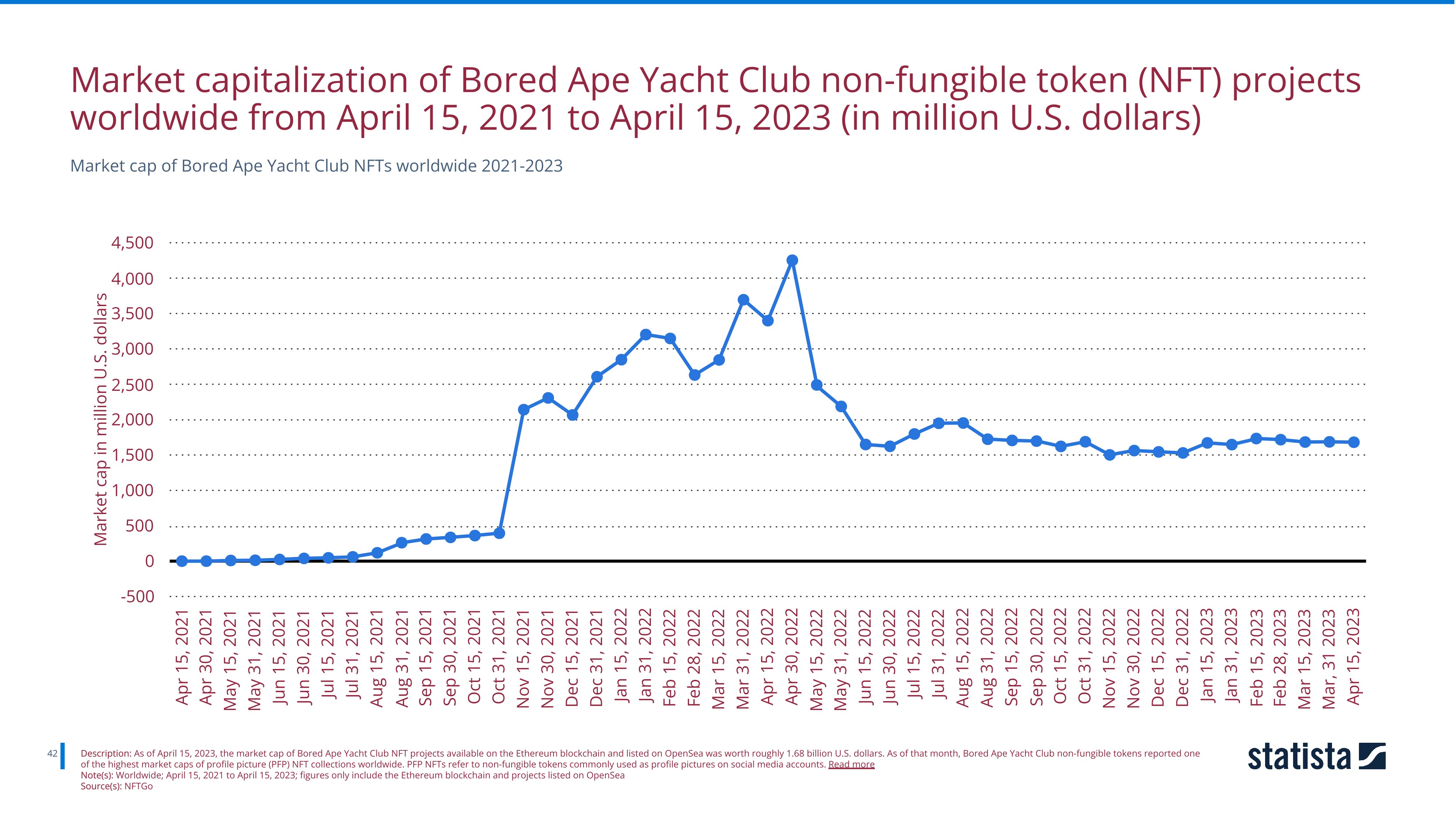Rarity, Traits, Market Value——How do these works?
Rarity and Traits: What are they?
What is the Rarity of NFT?
In the digital art world, Rarity is one of the most important indicators of the value of non-homogenized tokens (NFTs). Rarity describes the uniqueness and rarity of a particular NFT and is often measured by comparing its properties, characteristics or number of generation. The higher the Rarity of an NFT, the higher its market value tends to be, as people are more willing to pay high prices for rare digital collectibles.
The Importance of Rarity in the NFT
Rarity plays a crucial role in the NFT generation process. On the one hand, it helps to ensure the uniqueness of the NFT, thereby increasing its value. In many NFT projects, artists and developers set different levels of rarity for the NFT to ensure its uniqueness. On the other hand, Rarity can inspire users to participate in the creation and collection of digital artworks, thus contributing to a thriving NFT market.
Although there are many ways to quantify rarity of NFTs, the most fundamental way is throught the analysis of the traits of NFT. Therefore, it is also important to know what are NFTs’ traits, and how do they affect rarity.
Traits: more than just features
Traits refer to the characteristics or attributes of an NFT, such as color, shape, background, animation, etc., while rarity refers to the rarity of these attributes in the NFT market.
When digital artists create a collection of NFT, each single NFT item is assigned a fixed set of traits, which can be unique or shared, that will directly affect the rarity of the NFT. That is to say, an NFT may have a very rare background, or unique color, or one-of-a-kind shape, each of which will make the item rarer than other items in the same collection.
Why should we know about NFT's rarity?
When digital artists create a collection of NFT, each single NFT item is assigned a fixed set of traits, which can be unique or shared, that will directly affect the rarity of the NFT. That is to say, an NFT may have a very rare background, or unique color, or one-of-a-kind shape, each of which will make the item rarer than other items in the same collection.
An in-depth understanding of the Rarity of NFT is important for investors, collectors, and artists alike. First, Rarity is an important measure of NFT’s value. By understanding Rarity, investors and collectors can more accurately assess the potential value of NFT. Second, Rarity helps artists better balance the uniqueness of NFT with market demand in the creative process, thereby increasing the commercial value of their work. Finally, understanding Rarity helps to improve the transparency of the NFT market, allowing participants to trade and compete more fairly.
In short, Rarity in NFT is one of the core concepts in the digital art field, and a deeper understanding of the meaning and role of Rarity can help investors, collectors and artists better grasp the opportunities in the NFT market.
Analyzing example: Robotos

About Robotos:
Robotos is a collection of algorithmically generated droid characters, consists of 9999 items. It was created by Robotos.io., a company dedicated to combining blockchain and digital art to create unique and valuable collectibles.
Traits distribution of Robotos
From
the Rectangular Treemap below, we can see that different traits in Robotos’
dataset have different proportions. That is to say, different traits have
different weight when the NFT collection was generated. Some traits are more
common while others are given to NFT items selectively, leading to diversified
rarity of NFT items within the collection.
How do we quantify the rarity?
We adapt the quantify method of Rarity Scores from the study of Mekacher. A. et al (2022). Researchers employed this method to standardize the rarity of each single NFT item, therefore allowing cross-collection comparison.


We located the Robotos collection data from the opensource dataset, and managed to plot the rarity score of the whole Robotos collection. The line chart below showed an overall relationship between floor price of NFT items and their rarity, demonstrating an incremental trend on the floor price as rarity gets higher, despite a few outliers with specially allowcated traits (have less but unique traits, result in lower traits-number-based rarity score). Four samples were picked out to form a chart to further visualize the trend.
Rarity Scores for Robotos
| Object ID | Rarity Score | Floor Price | Examples |
|---|---|---|---|
| 277 | 12.03514748 | 1.35 ETH |  |
| 761 | 12.03514748 | 4 ETH |  |
| 201 | 283.7551072 | 5.2 ETH |  |
| 712 | 283.7551072 | 6.75 ETH |  |
Limitation of the method
The limitation of this quantify method, as shown in the outlier case, is that additive calculation method only captures the rarity based on the count of traits. Neither can it take the weight of the trait itself and specific trait value into account, nor can it considerate the special feature like perfect match of mulitple traits. For example, below is the highest priced Robotos item, with a whole set of match one-of-a-kind trait value.
This Robotos item has a set of “Quetzalbot” values, like Quetzalbot frame, Quetzalbot backpack, etc. These values are rare and matched together, leading to this item being the rarest item in the collection. Its rarity is failed to be captured by the algorithm above, however.


